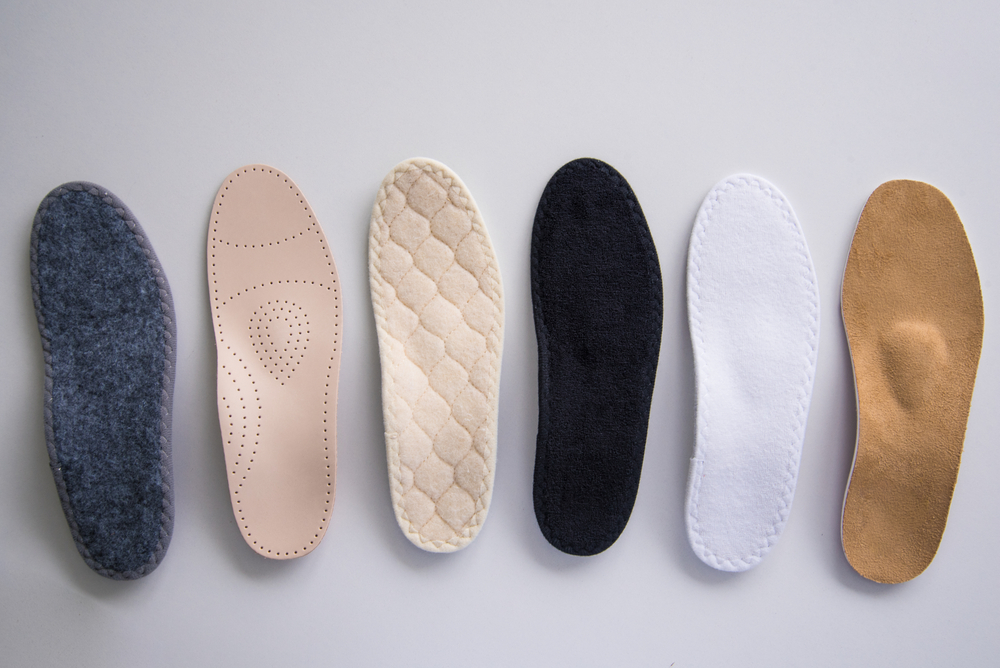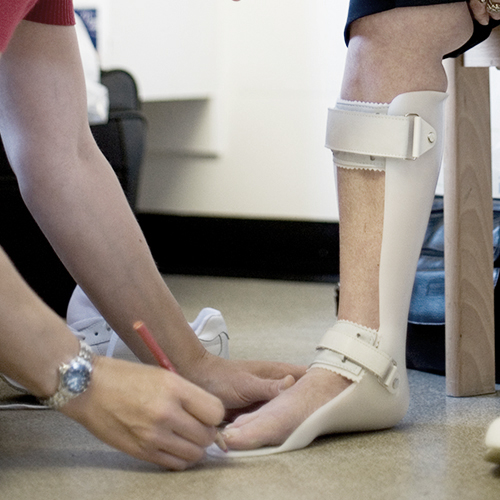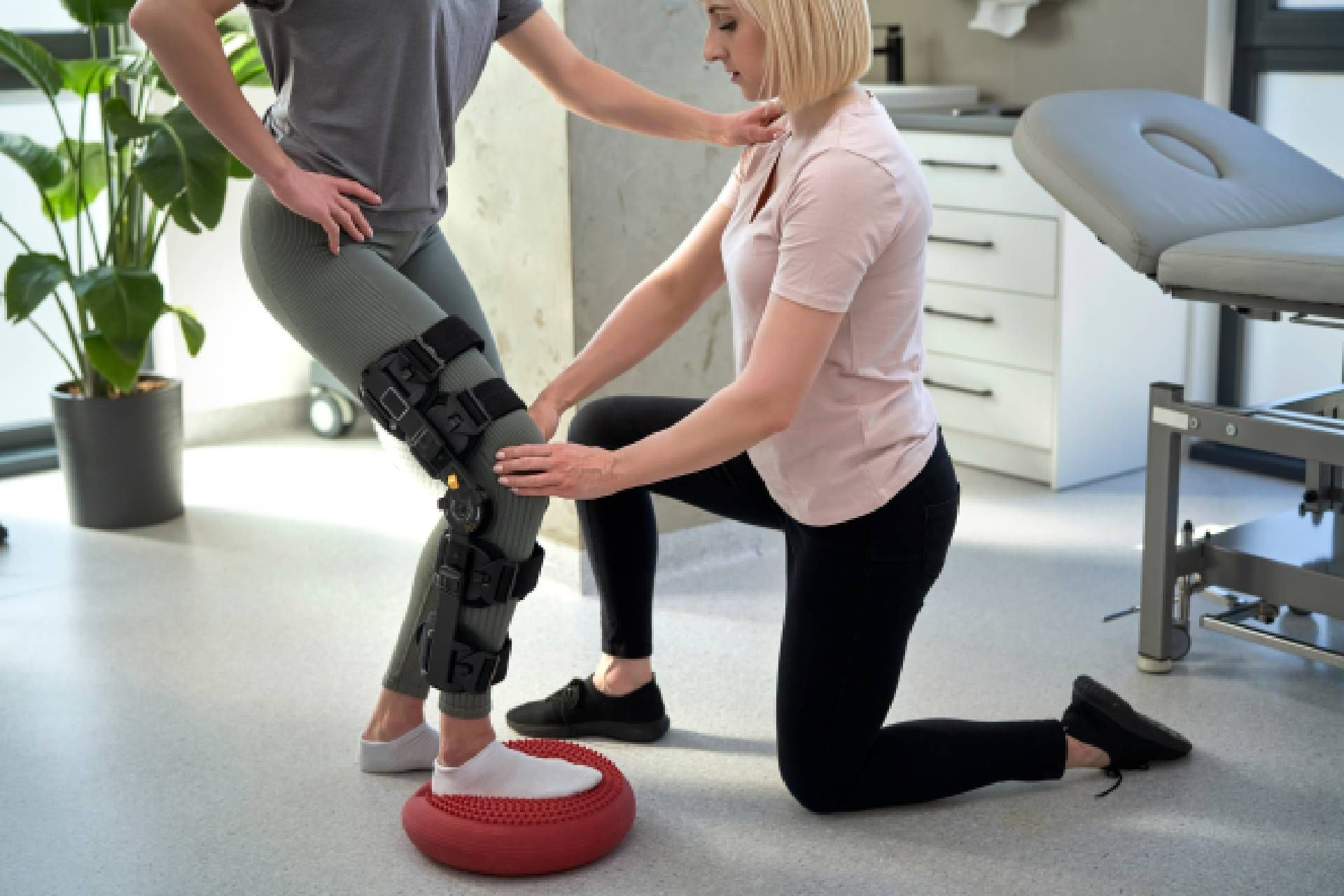Evaluating Different Boot Fits Golden CO
Boot fitting for ski racing is a vital side of the sport, taking half in a major function in performance and comfort. A well-fitted boot can improve control, precision, and general enjoyment on the slopes. Ski racing requires the skier to exert immense pressure on their boots, making the right fit a important part in attaining optimum performance.
The means of boot fitting involves a number of intricate steps, starting with understanding the skier's foot shape and measurement. Every foot is exclusive, and varied manufacturers have completely different last widths, heel shapes, and instep heights. A educated boot fitter will take precise measurements, making certain that the skier's foot is accurately represented within the chosen boot mannequin.
Once the measurements are obtained, the next stage is the number of boots that align with the skier's ability stage and racing objectives. For novice racers, a softer boot could present some forgiveness and comfort. In contrast, more advanced racers sometimes require stiffer fashions that facilitate higher vitality transfer for heightened control, significantly at high speeds.
After choosing the proper boot, the fitting process actually begins. This is the place the boot fitter meticulously focuses on making a personalized fit, often called "shell fitting." The boot is tried on without the liner, permitting the fitter to assess how the shell of the boot contacts the foot. Gaps or pressure points may be identified easily at this stage, with the objective being to remove any areas that might result in discomfort over time.
Preparing for Outdoor Boot Fitting Longmont CO
Heat molding is likely considered one of the most important elements of boot fitting. This includes heating the liner and generally even the shell, allowing it to mold around the skier’s foot. A correctly molded liner hugs the foot snugly, providing each heat and comfort. This warmth can stop cold toes during long days on the slopes, an issue that many racers face.
While heat molding is essential, so is making fantastic adjustments through the fitting. Often, minor tweaks such as footbeds or insoles may be needed. A customizable footbed can significantly improve fit, cushioning, and general assist. It can even improve alignment, which is key for minimizing fatigue and maintaining control during high-speed runs.
Unconventional Boot Fitting Strategies Dacono CO
It’s essential to think about the flex index of the ski boots. Various manufacturers fee flex differently, but often, junior racers require a softer flex to advertise mobility and adaptability as they're nonetheless creating skills. More advanced competitors usually opt for a stiffer flex that translates into better energy transmission and responsiveness when carving turns.
Another consideration in boot fitting for ski racing is the stance alignment. Proper alignment of knees, hips, and ankles is essential for efficient power transfer and preventing accidents. The boot fitter will assess this alignment and make adjustments, if essential, to ensure that the skier is in one of the best position for performance.
Unconventional Boot Fitting Strategies Broomfield CO
The position of socks cannot be missed when it comes to boot fitting. Specialized ski socks, often manufactured from supplies designed for moisture-wicking and insulation, play a significant position in sustaining heat. Additionally, they can help minimize friction inside the boot itself, lowering the chance of blisters throughout prolonged periods of skiing.
Communication between the skier and the boot fitter is important all through the fitting process. Skiers should voice any discomfort or pressure points they may feel, allowing the fitter to deal with these issues instantly. This back-and-forth helps guarantee the final product will meet the skier's specific needs and preferences.
Ski Boot Fit for Advanced Skiers Erie CO
Finally, attempting the boots on the snow is irreplaceable. An preliminary fitting can really feel nice within the shop, but snowboarding puts a unique set of calls for on the boots. If a skier can, they should test the fit on a practice run or training course to verify comfort and performance. This real-world testing helps to identify minor changes that may not have been apparent through the fitting.
In conclusion, boot fitting for ski racing is a meticulous and customized process that significantly impacts a skier’s performance. The proper fit enhances comfort, ensures management, and minimizes the chance of injury. By investing time and a spotlight into finding the proper boots, racers can give consideration to what they love most – the joys of the race.
The collaboration between the skier and the boot fitter is essential in navigating this advanced journey. A good fit not only improves performance but also fosters enjoyment in the sport. Through quality fitting, attention to detail, and personalized changes, skiers can benefit from their racing experience and reach their full potential on the slopes.
- Precise measurements of foot size and width are important for achieving a cosy fit, minimizing movement that may affect performance during races.
- Ski boot liners ought to be heat-molded to ensure a custom fit, allowing for enhanced comfort and improved power switch to the ski.
- The flex rating of a ski boot ought to match the athlete's skiing fashion, with stiffer boots recommended for superior racers who require higher control at high speeds.
- Ankle and heel hold is essential; fit specialists often employ varied techniques to make sure these areas are securely locked in place.
- Proper alignment of the boot cuffs can considerably impact balance and edge control, making it important for racers to have well-adjusted cuff positioning.
- The tongue of the boot ought to ideally provide constant pressure throughout the instep, stopping discomfort and enhancing responsiveness.
- Using footbeds or custom insoles can enhance foot help, offering better stability and decreasing fatigue throughout long races.
- Attention to vent placement is necessary; sufficient air flow helps regulate temperature, preventing numbness or discomfort throughout runs.
- Evaluating the skier's approach and stance can guide specific boot changes, tailoring the fit to boost overall performance on the racecourse.
- Consistent follow-up changes post-fitting may help handle any discomfort that may come up throughout training, making certain peak performance during competitions.undefinedWhat is boot fitting for ski racing?
Boot Fitting 101 Essentials Longmont CO
Boot fitting for ski racing is the method of customizing ski boots to make sure optimal fit, comfort, and performance on the slopes. It entails adjusting numerous components to boost your snowboarding expertise and achieve extra efficient energy switch.

Why is proper boot fitting essential for ski racing?
The Importance of Proper Boot Fit Nederland CO
Proper boot fitting is crucial for ski racing because it permits for higher management, responsiveness, and luxury. A well-fitted boot may help stop accidents and improve total performance by ensuring that skiers can maintain proper method and balance.
How do I know if my ski boots fit correctly?
You can determine in case your ski boots fit appropriately by checking for a snug fit without pressure points. Guidelines for Boot Fitting Success Brighton CO. When buckled, your toes ought to slightly brush the front of the boot, and there ought to be minimal motion of your heel. A certified boot fitter also can conduct knowledgeable analysis
Boot Fitting Instructions for Beginners Westminster CO
What customizations may be done through the boot fitting process?
Customizations through the boot fitting process can embrace heat molding liners, adjusting buckles, adding custom footbeds, and modifying the shell. Each adjustment is tailored to accommodate your unique foot shape and skiing style, enhancing comfort and performance.
How long does the boot fitting process take?
Is Bootfitting Really Necessary? Superior CO
The boot fitting process usually takes wherever from 1 to 3 hours, relying on the extent of customization wanted. This timeframe permits for thorough evaluations, adjustments, and testing to ensure the absolute best fit.
Can I ski immediately after getting my boots fitted?
It's advisable to permit a while to interrupt in your newly fitted boots before heading out to ski. While you can certainly strive them on and walk around in them, skiing with them for a number of hours helps guarantee they settle into the fit and improve comfort.
How often should I get my ski boots fitted?
How to Achieve the Perfect Boot Fit Northglenn CO
It's really helpful to get your ski boots fitted every few seasons or whenever there are noticeable adjustments in your foot shape, discomfort arises, or in case your skiing style modifications significantly. Regular evaluations assist preserve one of the best fit and performance.
What ought to I deliver to a boot fitting appointment? (Importance of Boot Fitting Northglenn CO)
For a boot fitting appointment, wear or bring the socks you sometimes ski in, as they can affect fit. Additionally, contemplate bringing any current ski gear, corresponding to your skis and bindings, to assist the fitter assess your full setup.
Evergreen Boot Fitting Solutions Longmont CO
Are there particular issues for women or racers with distinctive foot shapes?

Yes, women and racers with unique foot shapes may need specialised boots or custom modifications. Women's ski boots often have different flex patterns and shapes, whereas distinctive foot shapes would possibly require custom footbeds or shell modifications for optimum performance.
What if I experience discomfort after my boot fitting?

If you expertise discomfort after your boot fitting, it's essential to return to your fitter. They can assess the problems and make needed adjustments (Custom Ski Boots for Optimal Fit Golden CO). Addressing discomfort early on can prevent performance issues and improve your skiing experience
look at these guys his response